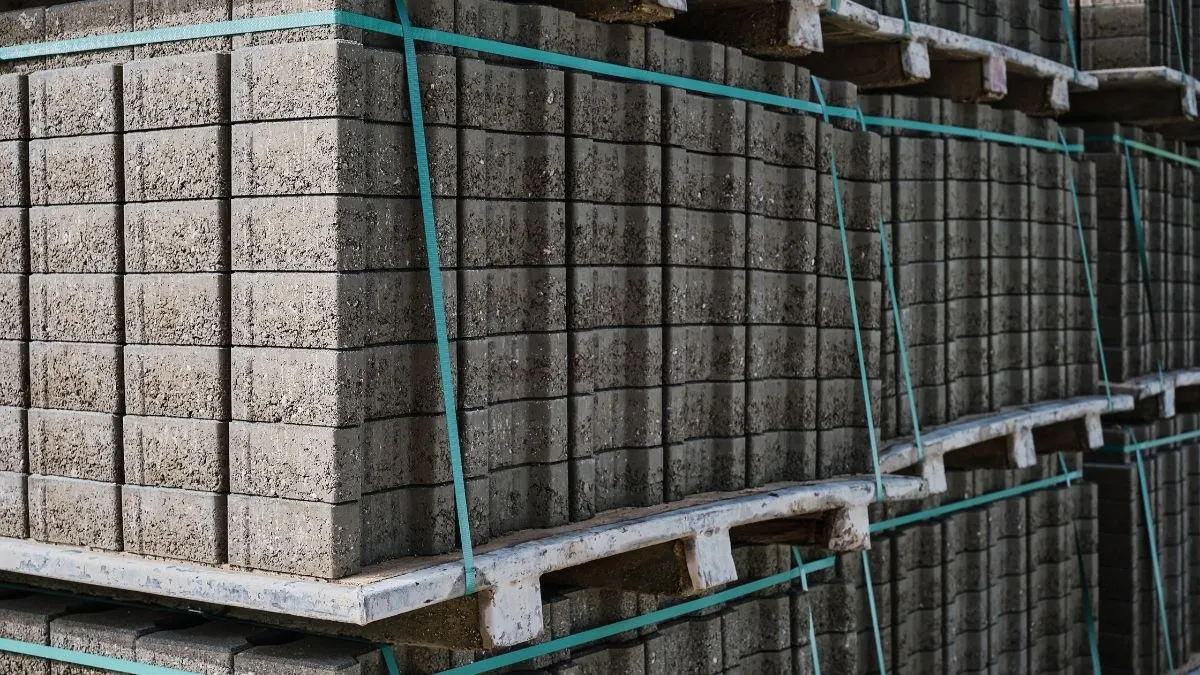The Purchasing Managers' Index (PMI) in Israel continues its contraction trend for the fourth consecutive month, with a slight intensification in the contraction rate. The value measured this month stands at 46.4%, compared to 46.7% measured last month, a decrease of 0.3%. This month, the employment component has returned to expansion, joining the local demand component which has been expanding for three consecutive months. This month, the foreign demand component and the production outputs component continue to contract. The raw material prices component continues to expand this month, while the supply time components continue to contract.
The production outputs component continues to contract for the second consecutive month, with a slight intensification in the contraction rate. The value measured this month stands at 47.2%, compared to 47.5% measured last month, a slight decrease of 0.3%. Respondents attribute the continued contraction in this component to seasonality.
The local orders component continues to expand for the third consecutive month, with a slight intensification in the expansion rate. The value measured this month stands at 51.8%, compared to 50.8% measured last month, a slight increase of 1%. Respondents attribute the continued expansion in this component to various reasons, primarily the level of demand and seasonality.
The quantity of purchases for inventory experienced a change in direction this month, after only one month of expansion, this component has crossed the 50% line that separates contraction from expansion and returned to contraction. The value measured this month stands at 47.2%, compared to 52.3% measured last month, a significant decrease of 5.1%. Respondents attribute the change in direction and return to contraction in this component to the level of demand and price changes.
The raw material prices component continues to expand for the fifty-fourth consecutive month, with a slight, albeit minimal, intensification in the expansion rate. The value measured this month stands at 63.4%, compared to 63.2% measured last month, an increase of 0.2%. The implication of the prices component continuing to expand is that there is a continued increase in raw material prices. The main reasons for the continued expansion in this component are attributed by respondents to the continued rise in raw material prices, a shortage of some raw materials, and changes in exchange rates.
The local market supply times component continues to contract for the nineteenth consecutive month, although this month there was a further moderation in the strength of the trend. The value measured this month stands at 40.7%, compared to 37% measured last month, a significant increase of 3.7%. The implication of the supply times component being in contraction is that there is an extension in supply times.
The foreign supply times component continues to contract for the sixty-seventh consecutive month, although this month there was a further moderation in the contraction rate. The value measured this month stands at 27.2%, compared to 26.2% measured last month, an increase of 1%. The implication of the foreign supply times component continuing to contract is that there is a continued extension in foreign supply times.
The raw material inventory levels component continues to contract for the second consecutive month, with a slight intensification in the contraction rate. The value measured in this component this month stands at 47%, compared to 49.0% measured last month, a further decrease of 2% compared to the value measured last month. Respondents attribute the continued contraction in this component to the level of demand and seasonality.
The finished product inventory component continues to expand for the second consecutive month, although this month there was a slight moderation in the expansion rate. The value measured in this component this month stands at 51.3%, compared to 54.1% measured last month, a decrease of 2.8%. Respondents attribute the continued expansion in this component to the level of demand, the inventory policy of the firms, and seasonality.
The employment component experienced a change in direction this month, after three consecutive months of contraction, this component has crossed the 50% line that separates expansion from contraction and returned to expansion. The value measured this month stands at 51.4%, compared to 49.5% measured last month, an additional increase of 1.9%. Respondents attribute the change in direction and return to expansion in this component to the increase in the production capacity of the factories, seasonality, and the level of demand.
The foreign demand component continues to contract for the fifth consecutive month, although this month there was a slight, albeit minimal, moderation in the contraction rate. The value measured this month stands at 44.2%, compared to 44.1% measured last month, an increase of 0.1%. Respondents attribute the continued contraction in this component to the level of foreign demand.
Israel's Purchasing Managers' Index Continues Contraction Trend for Fourth Consecutive Month
The Purchasing Managers' Index (PMI) in Israel continues to contract for the fourth consecutive month, with a slight intensification in the contraction rate. The employment component has returned to expansion
11:33 ,09.02.2025
-
Found it useful? Share
-
Share on Facebook
-
Share on X
-
Share on LinkedIn
-
Share via Email
-
Share on WhatsApp
-
Print Article

